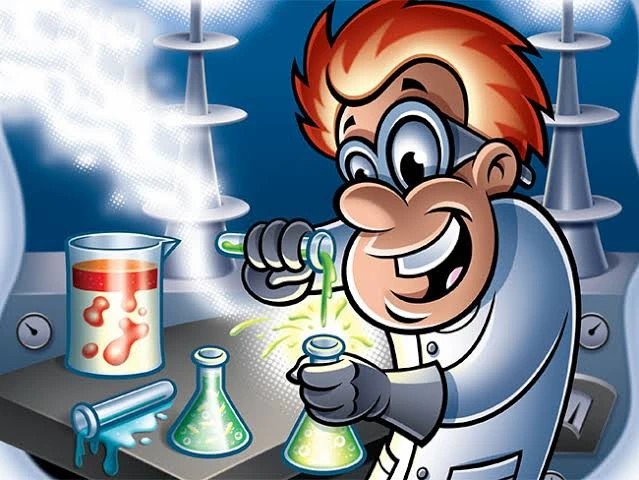Science has always been about pushing boundaries, asking big questions, and sometimes—conducting bizarre experiments that defy logic. While some of these experiments may have seemed outlandish at the time, many led to groundbreaking discoveries that shaped the world we live in today.
From electric frogs to self-injection experiments, here are some of the strangest scientific studies that changed history.
-
Luigi Galvani’s “Dancing” Frog Legs (1780s) 🐸⚡
Imagine seeing a dead frog’s legs twitch and jump as if it were alive. This is exactly what happened when Luigi Galvani, an Italian scientist, discovered that electricity could make muscles move. By applying electrical currents to a dead frog’s leg, he unknowingly laid the foundation for the field of bioelectricity.
💡 Impact on Science:
- This experiment inspired Mary Shelley’s “Frankenstein” and led to the discovery of how nerves transmit electrical signals, a key breakthrough in medicine and neurology.
-
The Stanford Prison Experiment (1971) 🚔👮
One of the most controversial psychological studies ever conducted, Philip Zimbardo’s Stanford Prison Experiment tested how power and authority affect human behavior. College students were randomly assigned roles as guards or prisoners in a simulated jail.
The results? The “guards” became cruel and abusive, while the “prisoners” suffered emotional breakdowns—all within days.
⚠️ Impact on Science:
- This study revealed how people conform to roles of power and led to reforms in prison systems and ethical guidelines in psychology.
-
Nikola Tesla’s Wireless Electricity Experiment (1890s) ⚡📡
Visionary inventor Nikola Tesla believed that electricity could be transmitted wirelessly. He built the Wardenclyffe Tower, an enormous structure designed to send free energy across the world without wires.
While the project was never completed, his work laid the foundation for today’s wireless charging technology and radio communication.
📡 Impact on Science:
- Tesla’s ideas influenced modern Wi-Fi, Bluetooth, and wireless power transfer.
-
Russian Scientists Revive a Frozen Dog’s Head (1940s) ❄️🐶
In a shocking experiment, Soviet scientists in the 1940s managed to keep a severed dog’s head alive using an artificial blood circulation machine.
While this might sound horrifying, the experiment helped scientists develop life-support machines, including heart-lung machines used in open-heart surgery.
💡 Impact on Science:
- Led to advancements in organ transplants and medical life-support systems.
-
Barry Marshall Drinks Bacteria to Prove a Theory (1984) 🦠🥤
Australian scientist Barry Marshall suspected that stomach ulcers were caused by a bacterium called Helicobacter pylori, but no one believed him. So, he drank a beaker of the bacteria himself—and got sick.
He later cured himself with antibiotics, proving that bacteria—not stress—caused ulcers.
🏆 Impact on Science:
- His discovery revolutionized medicine and won him the Nobel Prize in 2005.
Conclusion: Science is Weird… But It Works! 🧪
Many of the world’s greatest scientific breakthroughs started with wild, strange, and even dangerous experiments. While some of these studies pushed ethical boundaries, they ultimately changed the world and led to innovations we still use today.
What do you think? Would you ever participate in a crazy science experiment? Let us know in the comments!
